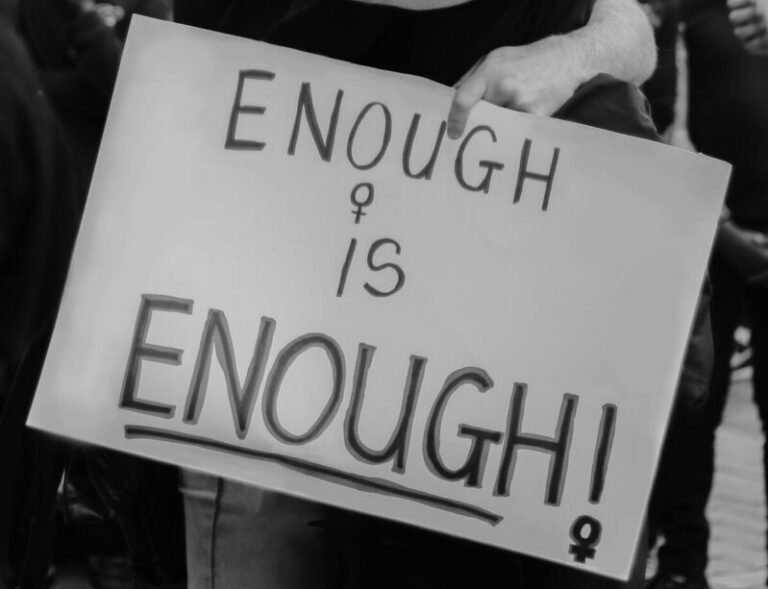How to Create a Minimalist Budget
On your path to minimalism you’ve likely made good progress decluttering the things in your home that are no longer serving you. As minimalists we choose to streamline our possessions, prioritising experiences and time with those important to us. We start taking control of our lives and dealing with those unmade decisions. Clearing up areas where we’ve become unconscious. Moving from unintentional to intentional! Today we turn that attention to our bank balances, an area of our lives that is likely holding us back from achieving a more intentional life. We’ll walk you through some simple steps on how to create a minimalist budget to help you take control and prioritise what’s most important to you.
The First Pass – Strip Down to Essentials
Channel your inner Marie Kondo and get everything out on the table. Gather 3-6 months’ worth of financial statements, including details of savings, investments, and pensions, but focus mainly on your expenses.
List all your monthly expenses, either using a downloaded statements or making a manual list. Then, go through each expense and ask, “Does this bring value to my life?” Highlight those that align with your values and cross out those that don’t. Be ruthless – eliminate anything not aligning with your goals! Cancel unnecessary subscriptions and direct debits, but be mindful of contract terms. If needed, set services to not renew and make the most of the remaining benefit while you still have access.
Categorise Your Remaining Expenses
Now that you’ve trimmed the fat, let’s organise what’s left. Group your expenses into broad categories: Needs, Wants, and Savings.
- Needs cover the basics—rent, utilities, groceries, transportation, and loan repayments.
- Wants include things that make life enjoyable like dining out, entertainment, and hobbies.
- Savings aim to build an emergency fund, save for retirement, or meet specific financial goals. Minimalist budgeting ensures every pound or dollar has a purpose, aligning with your life goals.
This gives you a sense of where you are!
Set Clear Financial Goals
Reflect on what truly matters to you and set meaningful financial objectives. We want to set some intentions now and identify your core values and goals. Use the PACT method:
- Purposeful: The goal should be meaningful to your long-term purpose in life.
- Actionable: The goal should be based on outputs you can control.
- Continuous: The actions should be simple and repeatable.
- Trackable: You can use a “yes” or “no” approach to track your progress
Write them down and keep them in sight — showing you where you want to go! It’s your map to the future you.
Determine Your Income & Allocate Funds
It’s time to put your money where your values are. Calculate your total monthly income after taxes. This is the reality check!
When it comes to allocating we’d suggest starting with the 50/30/20 method. For this allocate 50% for needs, 30% for wants, and 20% for savings and debt repayment.
You can choose to adjust these percentages based on your specific goals and situation. If you’ve decided on living a more extreme minimalism lifestyle, you may be able to increase the savings or debt repayment allocation and save/clear debts more quickly.
Now that you have the 3 key aspects that will empower you to make the important intentional decisions.
- The position from your recent spending – where you are today
- Your goals of where you want to go
- The physical value of what you have each month to work with from your 50/30/20 allocation.
This is where the initial tough calls need to be made to bring the 3 into alignment.
Simplify Your Accounts and Tools
A cluttered financial life can be just as stressful as a cluttered home.
Consider:
- Consolidating your bank accounts—do you really need multiple current, savings accounts and credit cards?
- Choose a single budgeting tool, whether it’s a spreadsheet or an app and stick to it. There are ways keep it simple if you prefer. You could use the envelope system with physical envelopes for each category, a basic spreadsheet with categories and amounts, or the one-number approach, focusing on what you can spend after savings and bills.
Practice Mindful Spending and Saving
Minimalist budgeting is all about being intentional with your money. Implementing a waiting period for non-essential purchases can reduce the likelihood of impulsive decisions you later regret. The Minimalists have a 30/30 rule to help with this. Where if a product costs more than $30, you impose a 30 hour waiting period to make the decision to buy. This neutralises the lizard brain impulse and gives you chance to consider whether it’s needed and aligns with your values.
Using cash or a single card for discretionary spending will help track it more easily.
Remember that focusing on experiences over material possessions will bring more lasting happiness.
Automate What You Can
This where you can let technology do the heavy lifting. Set up automatic transfers for savings and bill payments to remove the need to remember to take action. It will increase your chances of saving if a % transfers to your savings account the days after pay day. You’re also less likely to incur fees for missing a credit card payment. In the US, use your bank’s bill pay feature to schedule recurring expenses and in the UK have these set up as direct debit or standing orders. There are also apps such as Rocket Money that some find helpful with cancelling unwanted subscriptions automatically.
When it comes to automating your savings and bill payments. Set it and forget it—your future self will thank you!
Review and Adjust Monthly
Your minimalist budget isn’t set in stone. Make it a living document. Schedule a monthly “money date” with yourself (or your partner) to review your spending and see how it aligns with your goals. Make adjustments as needed—life changes, and your budget should too!
Conclusion: Simplify to Amplify
Minimalist budgeting isn’t about restriction—it’s about freedom. By stripping down to essentials and aligning spending with your values, you create space for what truly matters. Your journey to a minimalist budget starts with one step, but it will lead to significant changes over time.
Before you go!
If you found this useful, why head over to another article we have on how Minimalism can save you money.







